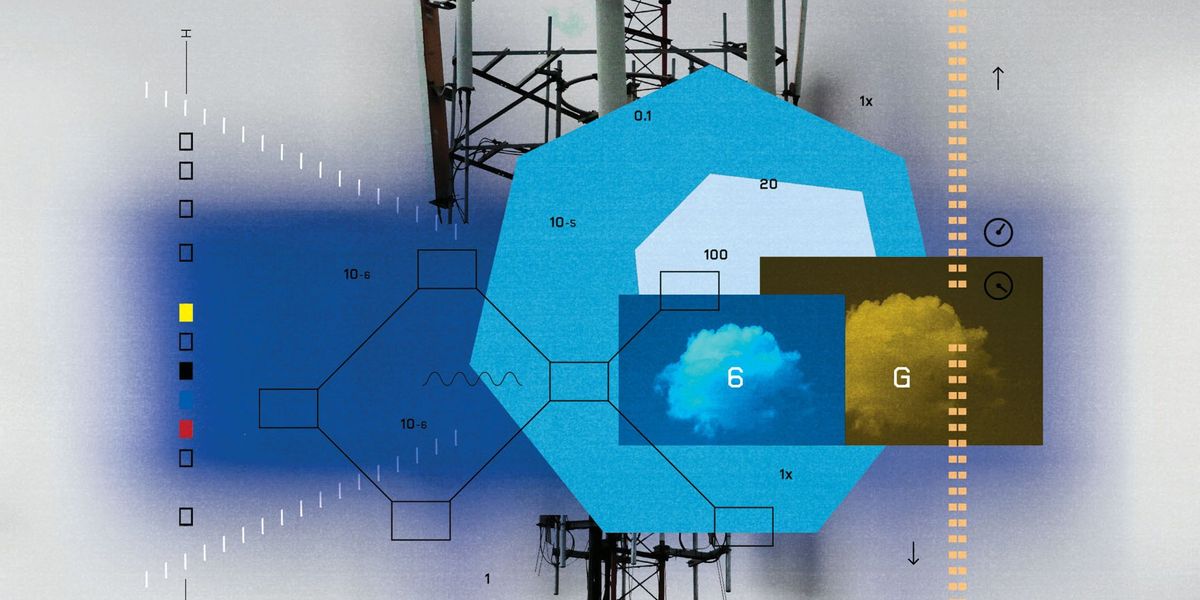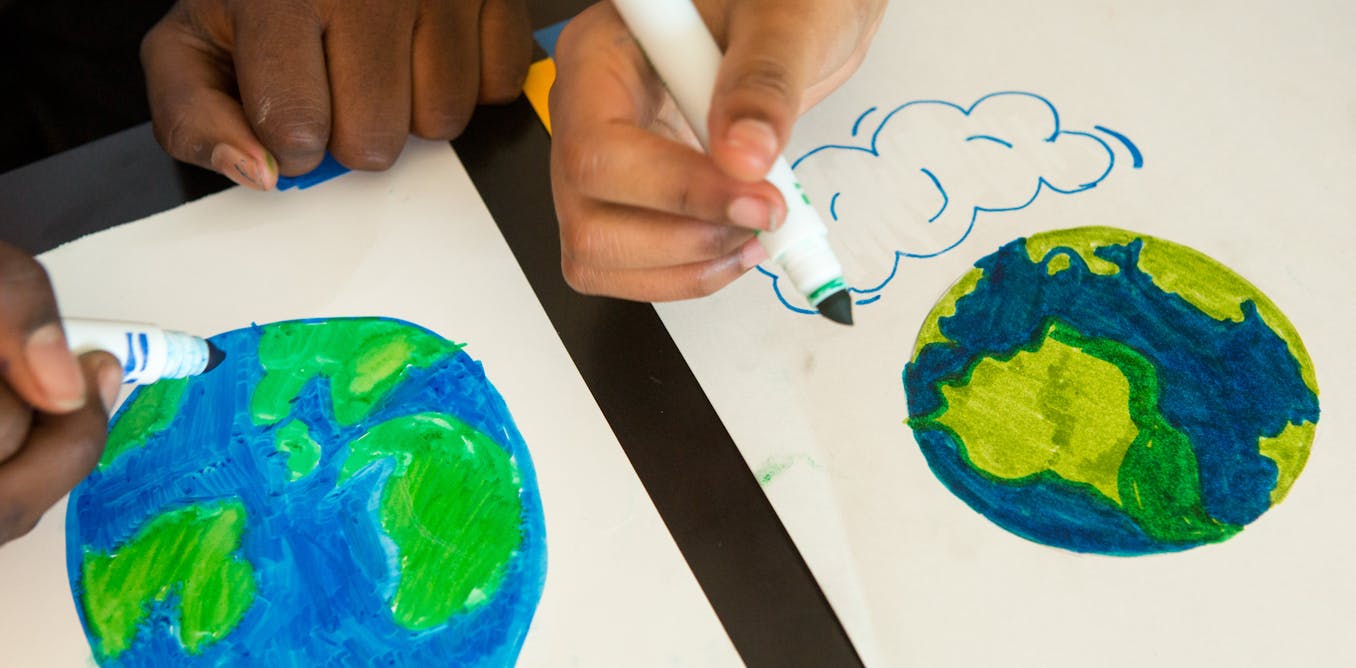This article is part of our exclusive IEEE Journal Watch series in partnership with IEEE Xplore.
As the telecommunications industry slowly deploys 5G networks around the world, researchers are starting to look ahead at technologies for next-generation 6G networks. One vision for 6G is to use new-to-cellular frequencies ranging from 100 gigahertz up into terahertz frequencies. The problem with that vision is that gases in the atmosphere absorb these waves, which means signals transmitted at these frequencies can diminish beyond usefulness in just a few meters.
But why not turn that disadvantage on its head and use it to address a pressing global issue? In a new paper published 6 October in the journal IEEE Network, researchers show how future 6G networks could be used to measure emissions that harm both the climate and human health.
“If terahertz signals are being absorbed, we can find out which molecules are absorbing them,” says Josep Jornet, a professor of electrical and computer engineering at Northeastern University, in Boston. “So you can have an infrastructure that turns the problem, which is signal absorption, into an opportunity to know what gases are present in air and in what concentration.”
“What we are proposing in this paper is over-the-air spectroscopy.” —Josep Jornet, Northeastern University
Climate change and air pollution are an increasingly urgent issue, with emissions on the rise from the industrial and agricultural sectors, says Sasitharan Balasubramaniam, a professor of computing at the University of Nebraska-Lincoln. At the same time, there is a vision of 6G networks working in the sub-terahertz and terahertz ranges that’s ideal for sensing gases. “It makes sense to merge the two together.”
Different molecules absorb different electromagnetic radiation frequencies depending on their molecular structure. Carbon dioxide, ammonia, and ozone, for instance, all have their own unique absorption signature.
Spectroscopy, the technique used to decipher the molecular makeup of chemicals, relies on that fact. It involves radiating a chemical or biological sample with a broad frequency spectrum, measuring the absorption at each frequency, and analyzing the series of absorption peaks that show up in the spectrometer reading.
“What we are proposing in this paper is over-the-air spectroscopy,” says Jornet. He, Balasubramaniam, and their colleagues used radios developed at Northeastern that work at frequencies between 100 and 300 GHz with enough power to carry data across tens of meters, and with lower power at distances of up to 2 kilometers. “We also have radios that can go up to 1 to 1.1 terahertz. But the powers we have at those frequencies is very low, good enough for maybe a foot.”
The researchers compared the absorption profiles for different gases taken from an online molecular absorption database with sensing data on various gas samples from their sub-terahertz transceivers in sensing mode. They used two…
Read full article: 6G Could Pull Double Duty to Monitor Climate Change

The post “6G Could Pull Double Duty to Monitor Climate Change” by Prachi Patel was published on 11/16/2023 by spectrum.ieee.org






































